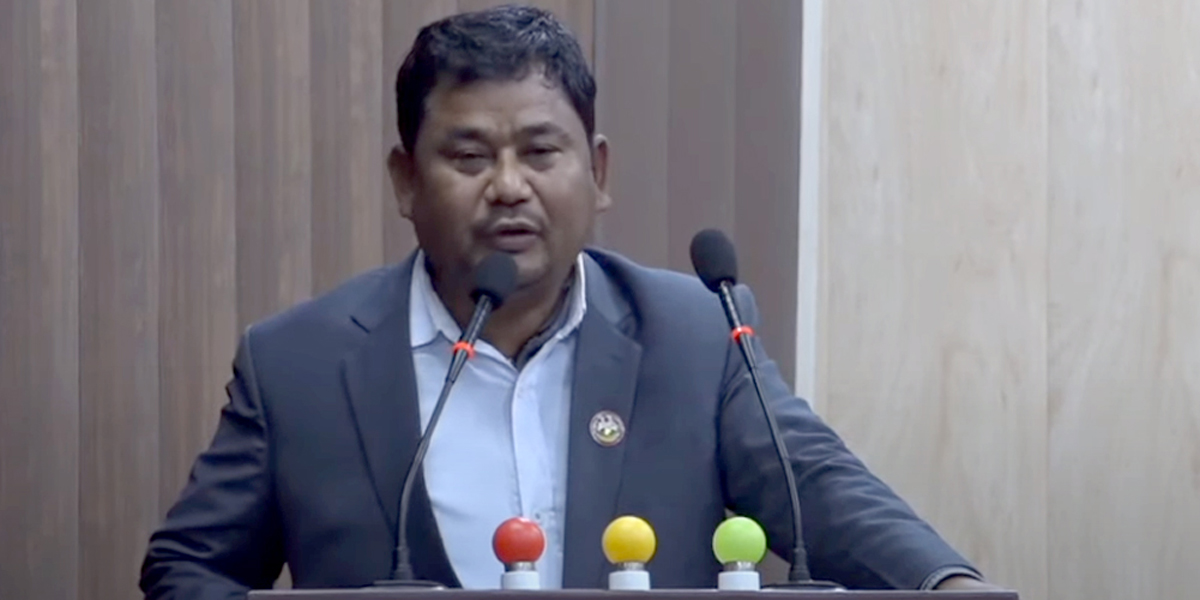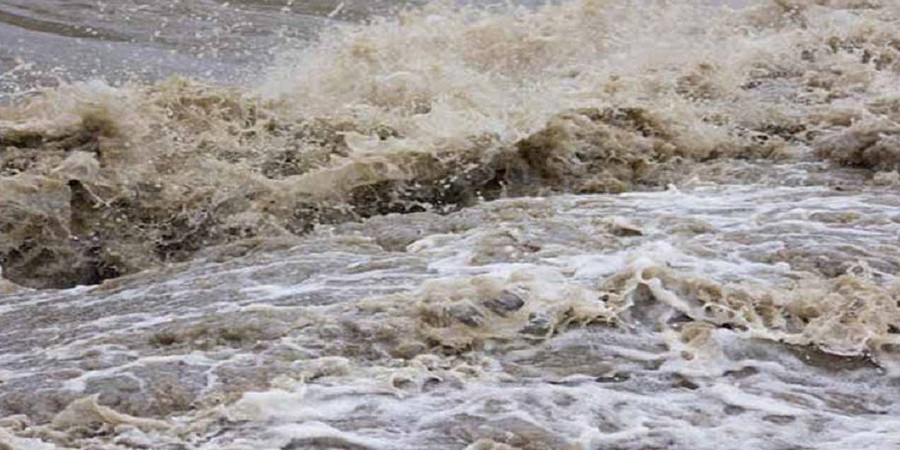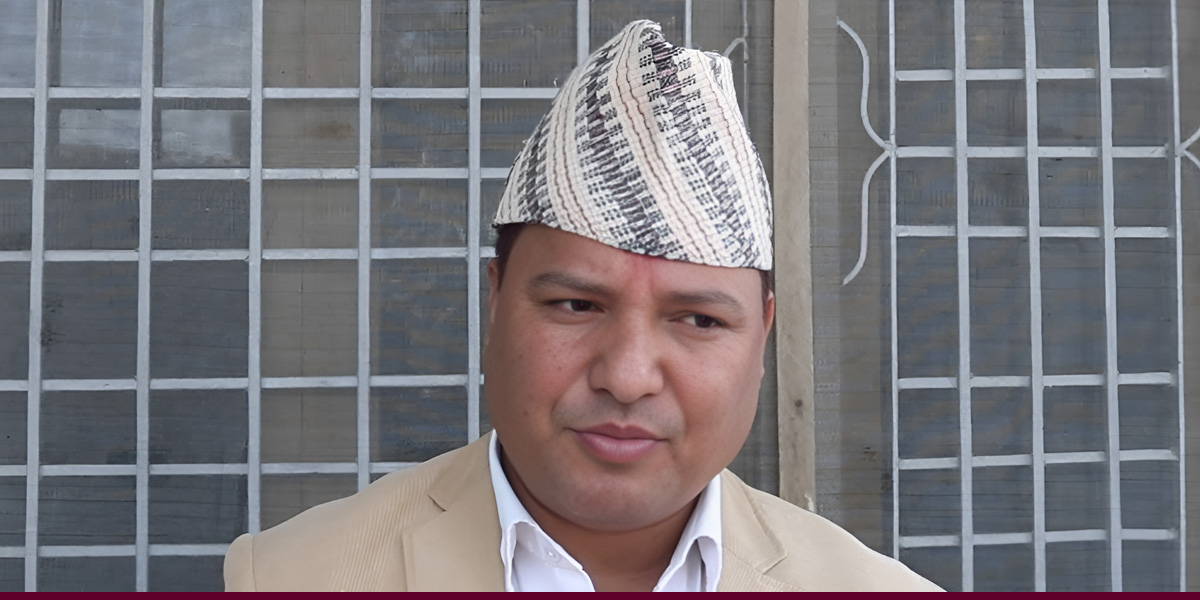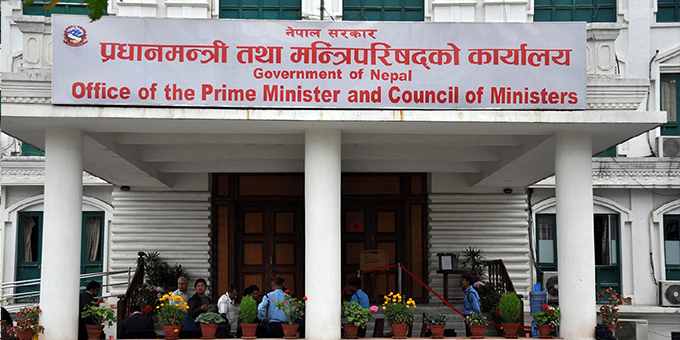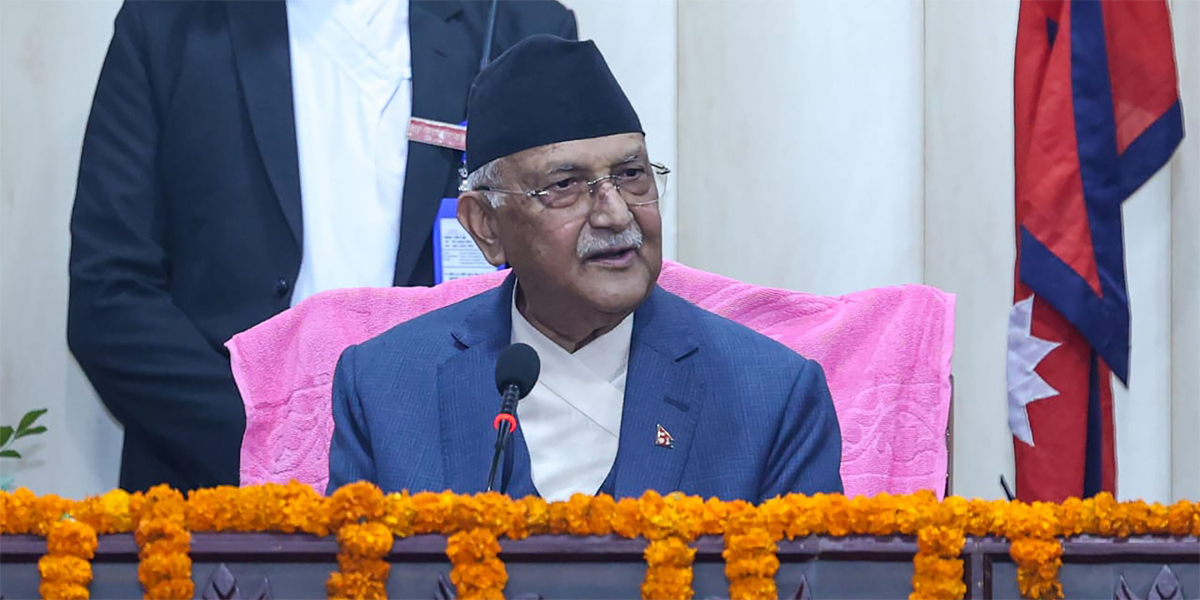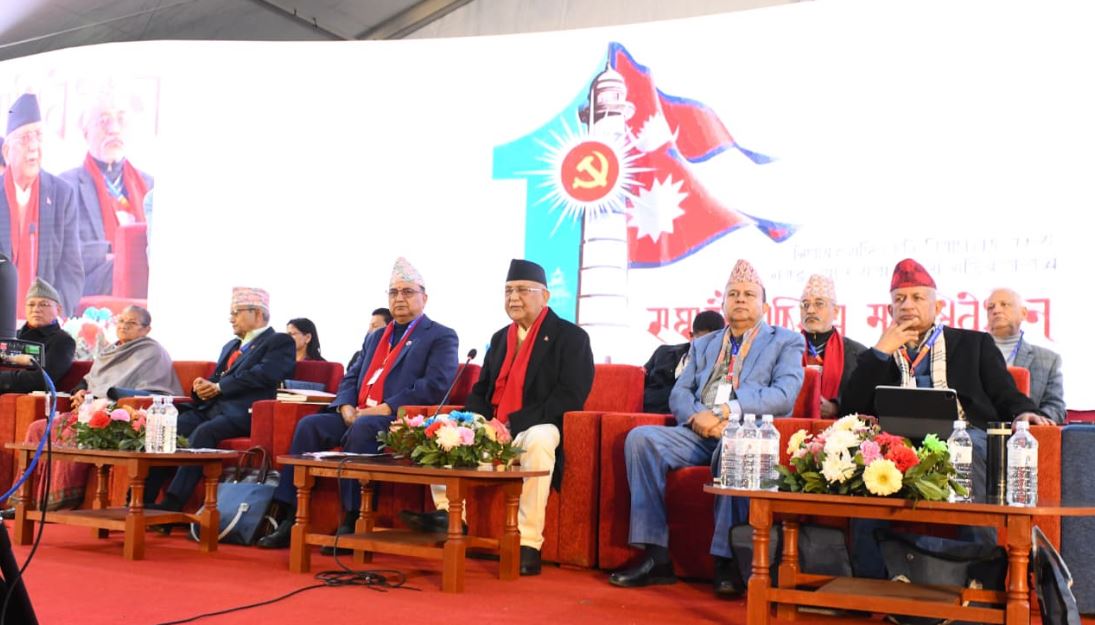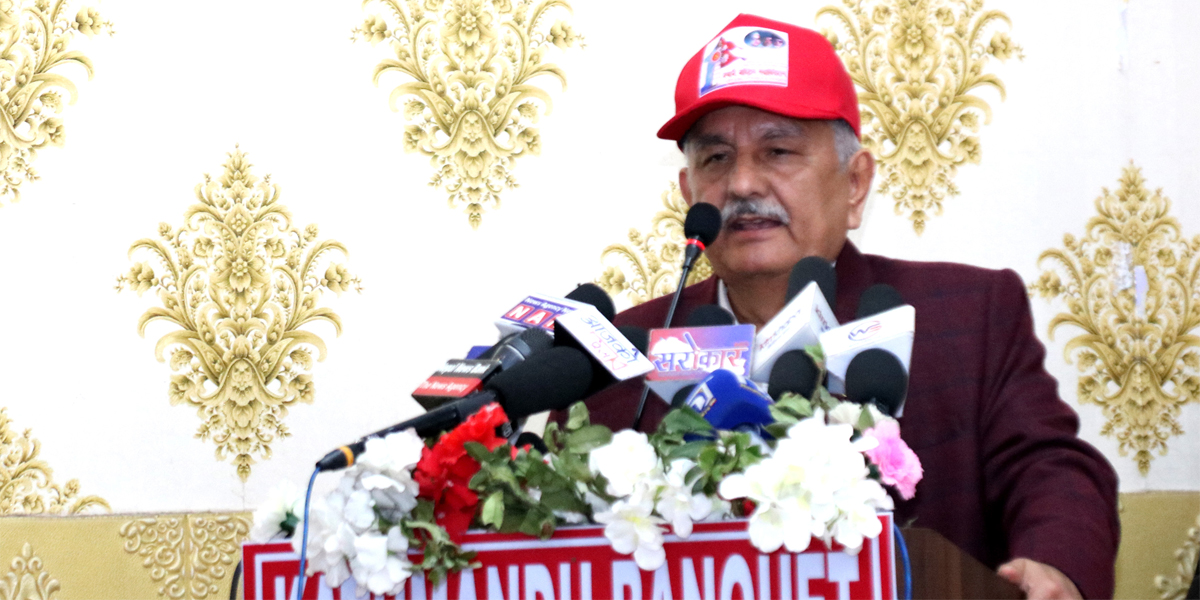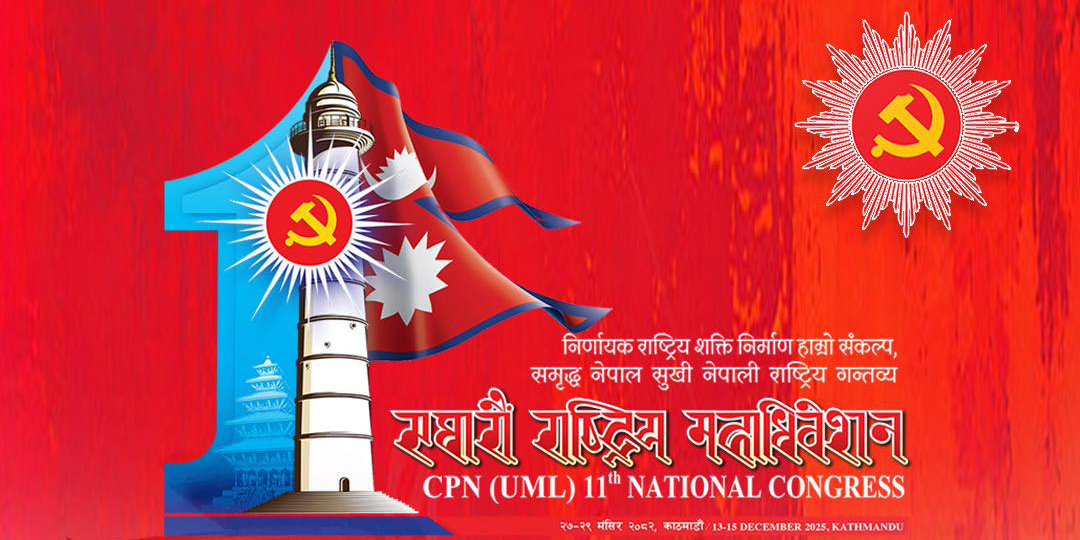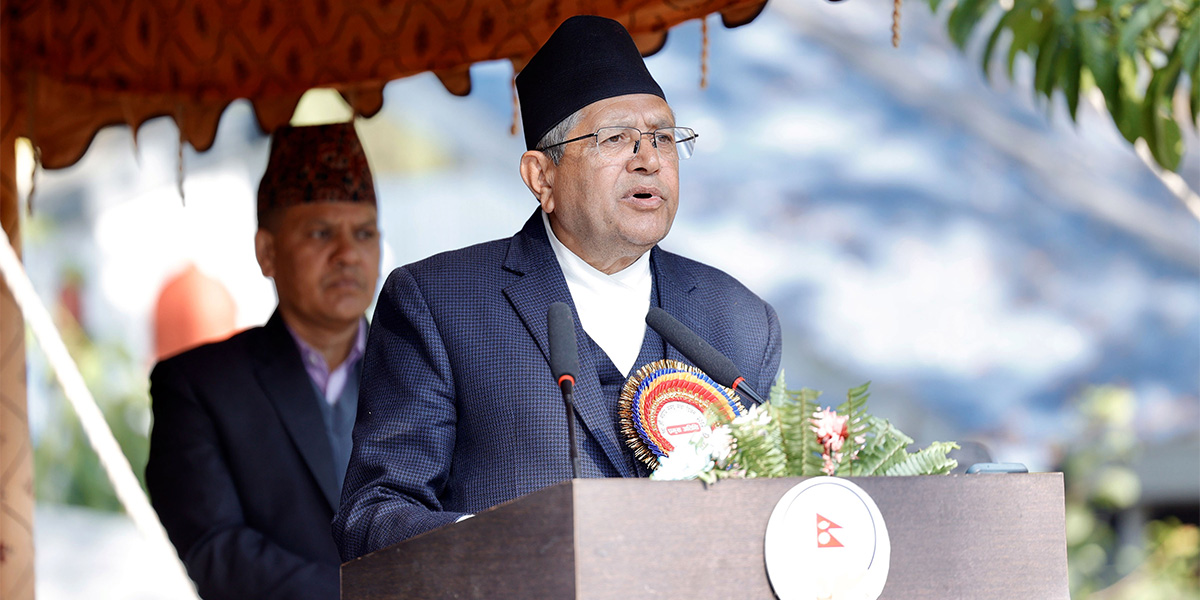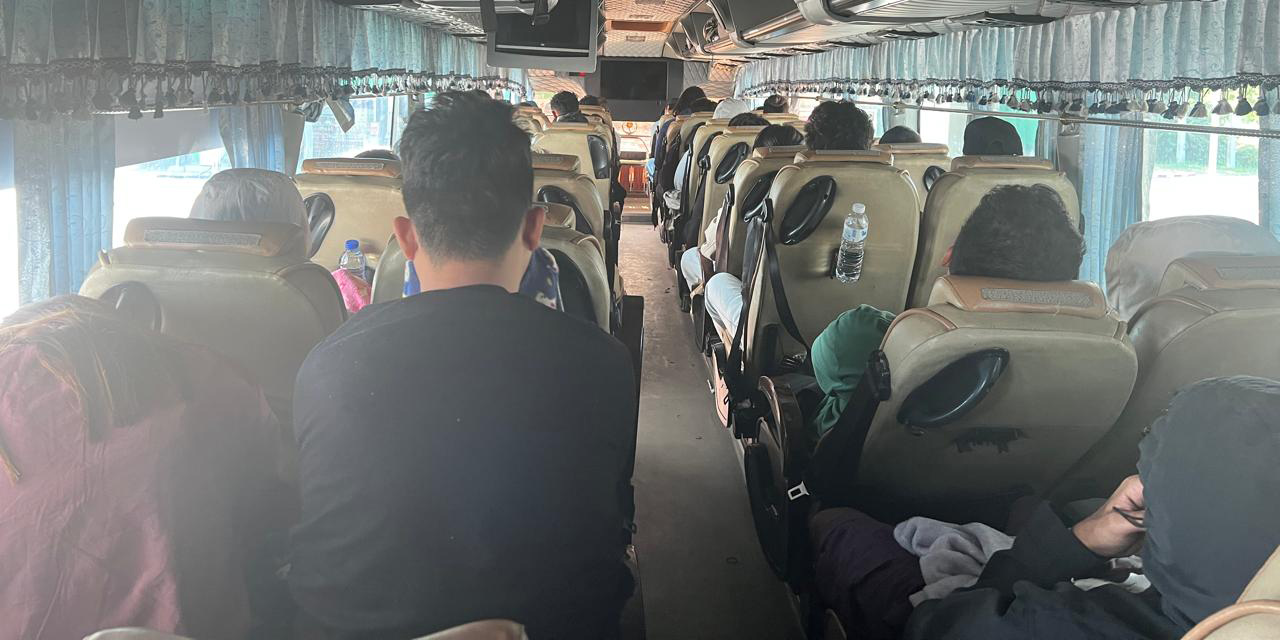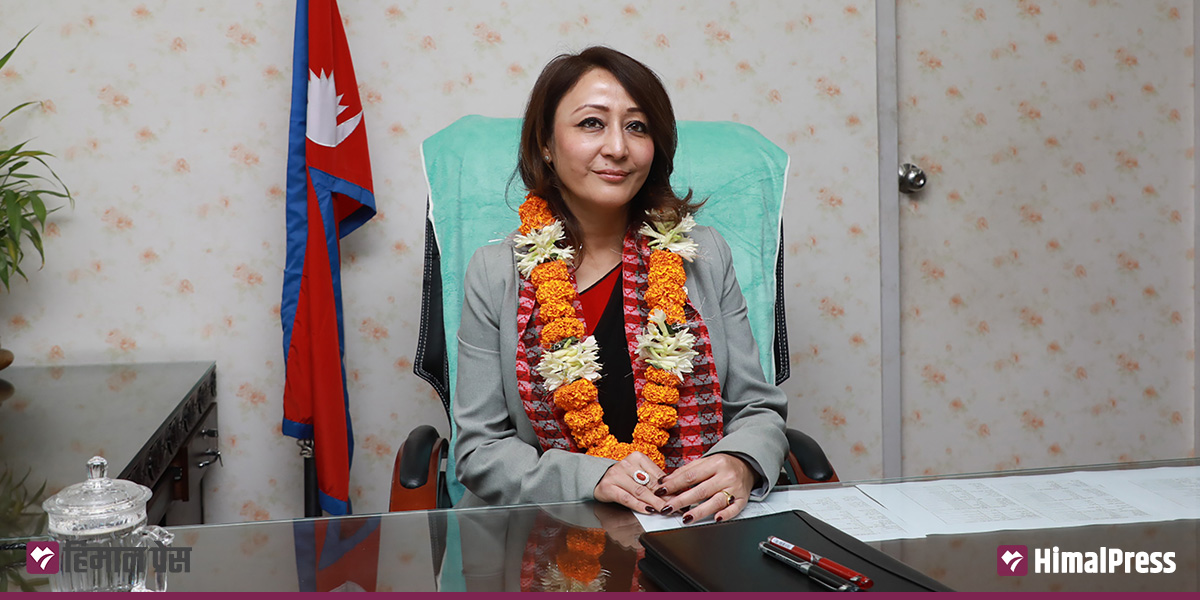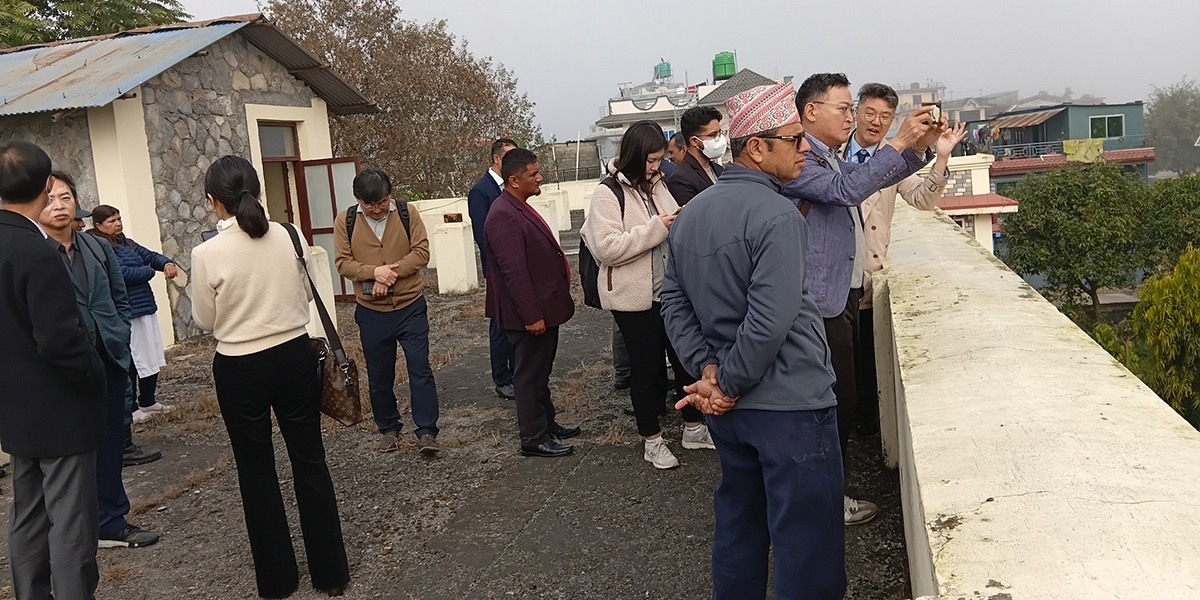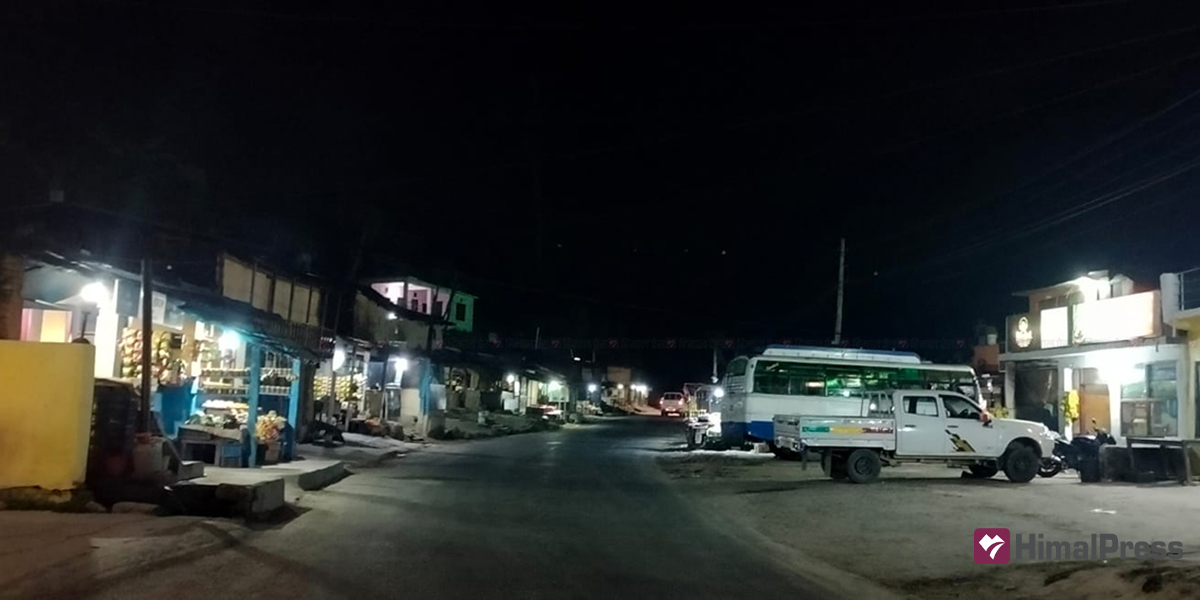
DHANGADHI: Despite the failure of night business in major urban areas of Sudurpaschim Province, Khanidanda, a small marketplace situated on the winding roads to the hilly districts of the province, has begun to attract Indian tourists. Even during nighttime, the entry point to the hilly districts of Bajhang, Darchula, Bajura, Baitadi, and Achham is bustling with local travelers.
According to local businesspeople, Khanidanda has become the preferred destination of Indian tourists following the COVID-19 pandemic. It is a “refreshing center” for them as it can be reached within an hour from the Nepal-India border.
Bharat Khadka, who owns a hotel in Khanidanda, said that business has been flourishing in the area due to increased vehicular traffic and the growing number of Indian tourists. “All 12 of us remain busy throughout the day. The pressure is high during weekends when Indian tourists visit the most,” he added.
Khandianda is situated on the Bhimdutta Highway, connecting seven hilly districts of Sudurapashchim Province with Attariay in Kailali, a mere 45-kilometer drive from Attariya. According to Krishna Prasad Sapkota, a local resident, Khanidanda and Kanchhi Bazaar, which previously had only small eateries, have now grown into bustling market areas.
“When Khandidanda was first connected with unpaved roads, a couple of makeshift tea shops opened up. However, it is now a busy marketplace that operates round the clock,” Sapkota stated.
Formerly known as a destination for people to stop for meals, Khanidanda now has hotels costing tens of millions of rupees due to increased activity. As Khanidanda became busier, some businesses spilled over into a nearby market area called Kanchhi Bazaar.
Kanchi Bazaar is also reliant on people traveling between hilly districts to Tarai and vice versa, and it becomes comparatively busier during nighttime. Rita Paudel, who operates a hotel at Kanchhi Bazaar, stated that her hotel receives the same amount of business during the nighttime.
Since these roadside markets have all the necessary amenities for travellers, both transport workers and passengers have benefited. The number of people migrating to Khanidanda is increasing due to the business opportunities it offers.
Vibrant Chisapani
Chisapani is a lively destination as it serves as the gateway for people entering Sudurpaschchim Province via road. The bridge built over Karnali River links Sudurpashchim with Lumbini Province. Prior to the bridge’s construction, Chisapani was a small settlement where weekly markets would be held.
According to local residents, people began settling in Chisapani in the 1960s. People from far-flung areas such as Achham, Bajhang, Bajura, Doti, Surkhet, Dailekh, Humla, Mugu, Jumla, and Kalikot would come to its weekly market to buy and sell goods. Individuals from hilly districts would bring items such as ghee, lentils, and medicinal herbs and purchase salt, clothing, and food grains. Individuals on their way to India for employment would also stop at Chisapani. The Chisapani bridge was constructed in 1996.
As the bridge increased people’s mobility, Chisapani gradually evolved into a bustling destination. Nowadays, there are roughly 1,500 households and around 100 businesses in Chisapani.
No nightlife in Attaria
Attaria is situated 73 km west of Chisapani and was a small marketplace bustling with travelers headed toward Tibet of China or India. The market began expanding rapidly with the turn of the new millennium.
Approximately six decades ago, Attaria was a sparsely populated settlement covered by dense forests. As a result, wild animals such as tigers and leopards would roam even during the daytime. Nowadays, people from the hilly districts of the province are migrating to Attariya in large numbers. It now boasts more than a thousand concrete houses and over 100 businesses, including hotels and restaurants.
However, restaurants in Attaria do not operate round the clock. Local businesspeople state that they only operate during nighttime if there is a demand from customers. Although Attaria is rapidly evolving, it does not have much nightlife.
Nightlife elusive in ever-expanding Dhangadhi
Dhangadhi, which serves as the temporary capital of Sudurpaschim Province, is situated about 16 km south of Attaria on the East-West Highway. During the Rana regime, Kailali and Kanchanpur were part of a single administrative unit with its headquarters in Belauri.
After the 1950 movement, people began to settle in and around Dhangadhi. The old market area of Dhangadhi was located between the mosque and Shiva temple. The mosque area had Muslim businesspeople, while the temple area was dominated by Hindus. Business gradually began to grow in Dhangadhi.
Although the city is bustling during the day, it takes on a deserted look at night. Some restaurants with live musical performances operate until late at night, but most of them close by midnight. Locals say that although the city is expanding every year, nightlife has not yet taken root.
Mahendranagar is quiet during nighttime
Mahendranagar, the district headquarters of Kanchanpur, is located about 45 km west of Attaria on the East-West Highway. Local people say that when King Mahendra came to Majhgaon during his month-long stay in 1956, he envisioned making Mahendranagar the district headquarters and an organized market.
Although Mahendranagar sits on the Nepal-India border, with the vibrant Indian town of Banbasa on the other side of the border, it wears a deserted look during nighttime.


